19 Days Camel Safari Tour through the desert of Rajasthan
(19 Days /
18 Nights)
(Delhi -
Jaipur - Bikaner - Siana village - Bungri - Jaisalmer - Osian -
Jodhpur - Ranakpur - Udaipur - Pushkar - Fatehpur Sikri - Agra - Delhi)
(to view the route of this tour on a Map please click
here)
|
|
The best
time to do a camel safari through the desert regions of the royal
Rajasthan is from October to March.
This type of camel safari also offers ample opportunity to encounter
wild animals in the desert, like chinkara gazelles, desert foxes,
rabbits, vultures, eagles, hawks, cranes. |
|
|
|
Day
01. Flight to India (Delhi)
Around midnight arrival in Delhi.
The cosmopolitan City and capital Delhi is the main gateway for
travellers. You are met by an Indo Vacations representative and
transferred to your Hotel. |
|
|
|
 |
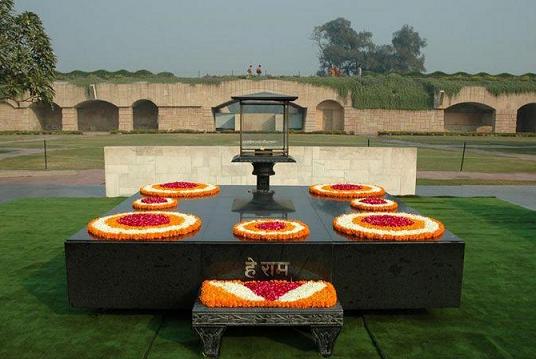 |
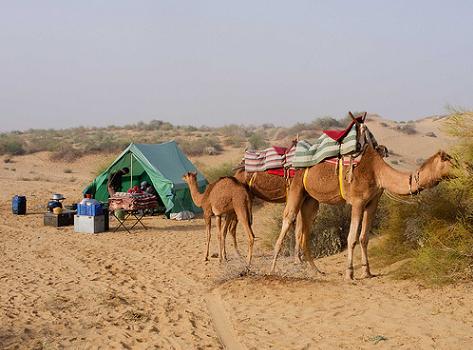 |
|
Red Fort Delhi |
Rajghat Delhi |
Cooks tent at
campsite |
|
|
Day 02. Delhi - Jaipur (about 270 km / 6 hrs)
In the morning we drive to the Pink City,
Jaipur. This
city owes its name, foundations and careful planning to the great
warrior and astronomer, Maharaja Sawai Jai Singh II. Jaipur is the
capital of Rajasthan and famous for its
handicrafts and
precious and semiprecious stones.
Day 03. Jaipur
After breakfast we drive to the ancient capital of
Amber,
laying 11 km. away from Jaipur. Amber was the ancient capital of
Kachhawaha dynasty for 6 centuries before it was moved to newly
created Jaipur. We will ascend to the Palace Fortress on the back of
an Elephant. Enroute to Amber we will visit the
Hawa Mahal
(Palace of the Winds), built in 1799 AD, it contains 953 small
casements with each having its own balcony. The windows enabled cool
air to circulate and the ladies to watch processions below without
being seen. In the afternoon we visit the City Palace that is still
the formal residence of the royal family, built in a blend of the
Rajasthani and Mughal
architecture. In the museum of the
City Palace
we visit the private collection of the Jaipur Maharajas. We continue
to Jantar
Mantar, a stone observatory, and the largest of Jai
Singh's five remarkable observatories. Its complex instruments reveal
us the secrets of medieval Indian astronomy. Later we have a walk
through the colourful Bazaar of Jaipur and visit a factory to see the
famous block printing work being done since centuries in Jaipur. In
the evening we drive through the new city of Jaipur and visit
"Laxmi Narayan Mandir",
a Hindu temple made out of white marble. We might have an opportunity
here to observe a prayer ceremony. Today we have dinner with a
presentation of Indian music and dance. |
|
|
|
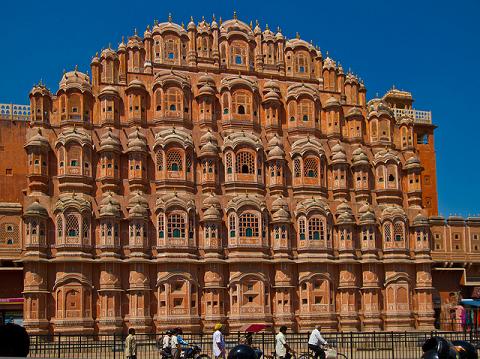 |
 |
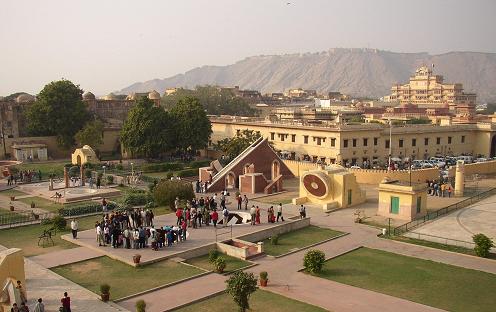 |
|
Hawamahal |
Citypalace
Jaipur |
Jantar Mantar
Jaipur |
|
Day 04. Jaipur - Bikaner (about 330 km / 5 - 6 hrs)
After breakfast we drive to
Bikaner. After
a short break in Bikaner we visit the
Junagarh Fort
(1571-1611 AD) constructed of red sandstone and marble with kiosks and
balconies embellishing the structure at intervals. This imposing Fort
and its palaces are an unforgettable experience for us. The rest of
the day is at leisure.
Day
05. Bikaner - Siana (about 60 km / 2 hrs)
Today we proceed to Siyana Village. On the way we visit the Karni Mata
Temple (Rat Temple).
Today we spend whole day in the village and take part in the next
village activities:
01 - Meeting with the council.
02 - Visit the village school (Anyone interested can teach in school)
03 - Visit to the village temple and participate in the prayer
ceremony (Pooja / Aarti).
04 - Visiting a hospital in the village.
05 - Working in the field with farmers or simple observation of their
work.
06 - Participation in the daily routine work of a family on request.
07 - To accompany a shepherd at work on request.
08 - Anyone interested can learn about cows / milking water buffalo /
goats.
09 - Upon request, a lecture by a learned speaker on topics such as
local history, culture,
Tradition and life are arranged in the desert.
Note: The above activities can be divided into two parts.
Overnight stay in the village with the family of villagers in their
huts or in small houses (very simple conditions). All meals are served
by the host family. Some of the Photographs of the new
House in the village are available at the following Page:
Rural Village Home Stay in
Rajasthan !
About our villages:
Villagers of Siyana Village are the most important group of people who
do a certain job since eternal times. There are Rajputs, Jats,
Bishnois, Brahmins or Charan. Although these people are engaged in
different activities, Most of them are still engaged in the work of
agriculture and have pets of their own needs.
India meets its demand for livestock (55%) for meat goats and sheep
from Rajasthan. Group of camel-breeders who live in the desert called
Raika are also very interesting. They are known as nomads. These
people move from place to place, and if we're lucky, we'll meet these
people in the desert of Rajasthan.
|
|
|
|
 |
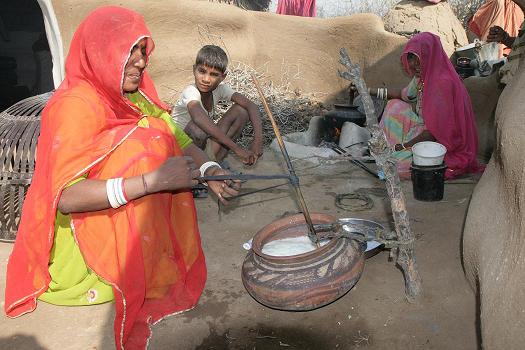 |
 |
|
Junagarh Fort |
Rajasthan
Village Tour |
Bikaner Karni
Mata Temple |
|
|
Day 06. Camel Safari (from the village Siyana)
After breakfast at home with the family, we begin the Camel Safari
from Siyana village to Sainsar Village (18 km). Lunch will be served
during the safari around noon. Around noon we stop for a short break
and after lunch we continue to the camp in Sainsar. Dinner is served
at the camp in tents / under the open sky.
Day 07. Camel Safari
Breakfast at the camp and we start the camel Safari from Sainsar to
Meghwalon-Ki-Dhani (26 km). Lunch will be served en route during the
safari. Arrival at Meghwalon-Ki-Dhani. Dinner is served at camp /
under the open sky. Overnight in tents. |
|
|
|
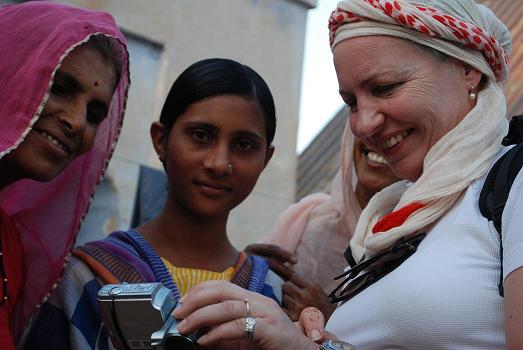 |
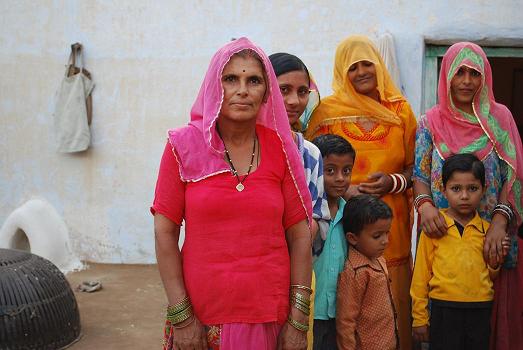 |
 |
|
Rajasthan
Village Tour |
Rajasthan
Village Tour |
Rajasthan
Village Tour |
|
|
Day
08. Camel Safari - Bungri - Jaisalmer (about 258 km / 4-5 hrs)
Breakfast at the camp and we begin a short camel Safari from
Meghwalon-Ki-Dhani to Bungri (10 km). Lunch will be served after
finishing the the Safari in Bungri. From Bungri we drive to
Jaisalmer.
Overnight stay in Jaisalmer.
Day 09. Jaisalmer
Sightseeing of the medieval city of Jaisalmer. Jaisalmer's crenellated
golden sandstone walls and its narrow streets lined with exquisitely
carved buildings makes this city unique. Jaisalmer is famous for its
carved havellis (grand mansions). We have a walk through the old city
and visit the Fort
and the Jain temple.
In the afternoon we drive around 40 km away from Jaisalmer to
Sam dunes
where we enjoy the sunset before we drive back to Jaisalmer.
Day
10. Jaisalmer - Osian - Jodhpur (about 300 km / 7 hrs)
Early morning drive to Jodhpur via Osian. Osian is a great centre of
Hindu and
Jain religions. The oldest temple
here was constructed in 1178 AD. After visiting the temple we drive to
Jodhpur. The city was once the capital of the princely state of Marwar
(Land of death). Jodhpur is the second largest city in Rajasthan.
Jodhpur is also known as the blue city as most of the houses of the
old city are painted blue. The old city is surrounded by a huge 10 km
long wall which has 101 bastions and seven gates.
Day 11. Jodhpur
Today we will visit the
Mehrangarh
Fort (majestic fort). Mehrangarh Fort was built on a steep
hill and is among the best in India with exquisitely latticed windows
in residential apartments within. Then we also visit the
Jaswant Thada, a royal
cenotaph built in white marble. After the sightseeing we have a walk
through the Bazaars of Jodhpur.
|
|
|
|
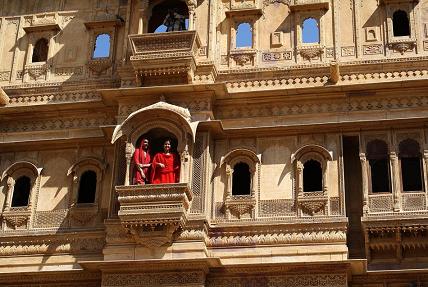 |
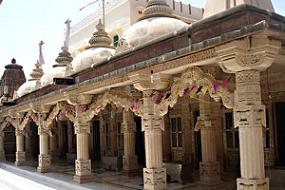 |
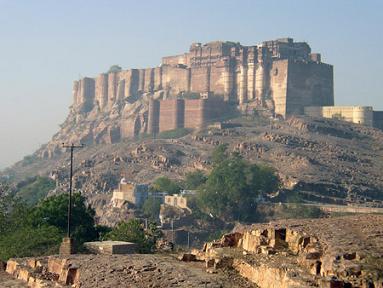 |
|
Jaisalmer |
Jain Temple
Osian |
Jodhpur Fort |
|
|
Day 12. Jodhpur - Ranakpur - Udaipur (about 265 km / 5-6 hrs)
Today we drive to
Udaipur.
Enroute we will visit
Ranakpur. Ranakpur is known for its superbly carved marble
Jain Temples.
An enormous basement of this temple covers 48,000 sq. feet. There are
four subsidiary shrines, twenty four pillared halls. The total number
of columns is 1,444, all of which are intricately carved, no two being
alike. The Ranakpur Jain Temples were built during the 15th century.
We have a lunch in Ranakpur before proceeding further for Udaipur.
Arrival in Udaipur in the evening. Udaipur is called the romantic city
of Rajasthan. This city is built around shimmering, clear, blue water
lakes which reflect the green hills of the
Aravali ranges. Rest of the day at
leisure..
Day 13. Udaipur
Today we visit Udaipur, also known as the city of sunrise. We start
our sightseeing with the visit of
Sahelion-Ki-Bari. This Garden of the
Maids of Honour is well laid out with extensive lawns and shady walks.
After the visit of Garden of Maids we visit a Museum of folk art. This
museum has a rich collection of Folk dresses, ornaments, puppets,
masks, dolls, folk musical instruments and paintings on display. After
a break we proceed to
City palace, the biggest Palace in India, where
4 generations of Maharajas added their contribution, is so carefully
planned and integrated with the original buildings that it is
difficult to believe that it was not conceived as a whole. The museum
of the palace includes the beautiful peacock mosaic and miniature wall
paintings of Indian mythology. Today we have an opportunity to visit a
traditional painting school and see the famous miniature paintings
done. In the evening we have a Boat ride on the
lake Pichola. The
famous Lake Palace of Udaipur was the summer residence of the former
rulers. The James bond Film Octopussy was shot here and made this
palace more known in the west. |
|
|
|
 |
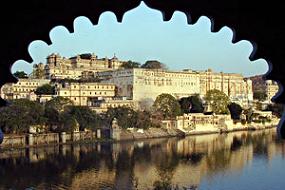 |
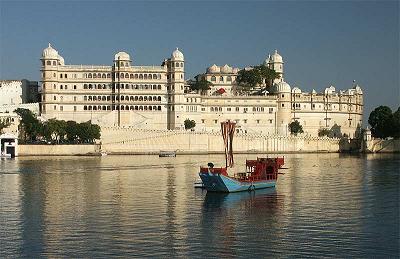 |
|
Ranakpur Temple |
Udaipur |
Udaipur City
Palace |
|
|
Day
14. Udaipur - Pushkar (about 285 km / 5 hrs)
A ride of about five hours will take us to
Pushkar. Pushkar being
one of the most religious places for Hindus has the atmosphere of an
ancient religious town. The only
temple of God
Brahma is in Pushkar thus making Pushkar an important
pilgrimage city for Hindus. Pushkar has become famous in the world due
to its Pushkar Festival which takes place in the month of November
when the whole of Pushkar is transformed into a spectacular fair
ground where thousands of pilgrims come to bath in the holy water of
Pushkar lake
and the biggest cattle and camel markets take place here where
Farmers, breeders and camel traders buy and sell.
(if this tour takes place during the time of Pushkar Festival we spend
2 nights stay in Pushkar instead of one and therefore the duration of
this Tour will be extended for one more day making it 20 days tour)
Day 15. Pushkar - Fatehpur Sikri - Agra (about 385 km / 7 hrs)
Today we leave
Rajasthan, the biggest state in India and drive through a
series of fields, small towns and villages in direction of Agra.
Enroute we make a stop and visit
Fatehpur Sikri, which was once an imperial capital frozen in
time, constructed by Akbar the Great in the 16th century. This
wonderful city constructed by red sand stones was abandoned as
abruptly as it had been built. It has been generally stated that it
was due to failing in the water supply.
Late evening arrival in Agra. Rest
of the day at leisure.
|
|
|
|
 |
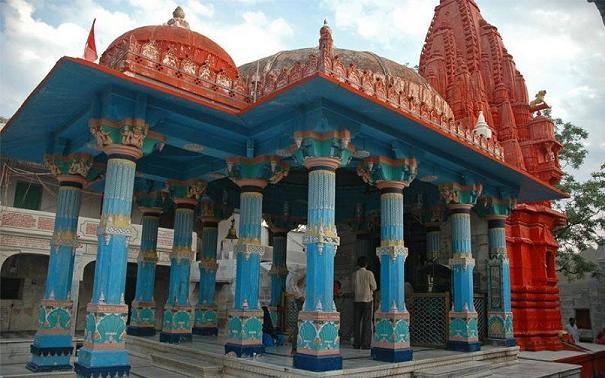 |
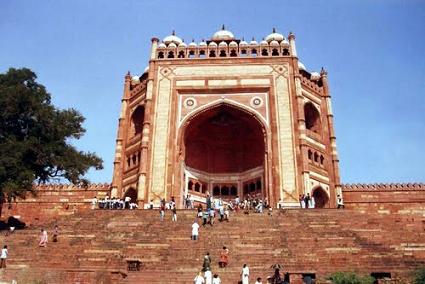 |
|
Pushka
Lake ghat |
Brahma
Temple pushkar |
Buland Darwaza
Fatehpur Sikri |
|
|
Day 16. Agra
We start today our sightseeing by a visit to the
Agra Fort, built by three
of the greatest Mughal emperors. The construction of this massive
structure began in 1565 under Akbar's reign and continued till the
time of his grandson's reign, Shah Jahan who built the impressive
imperial quarters and mosque. After the visit of Agra Fort we proceed
to visit the most beautiful monument of India, the
Taj Mahal, an enduring
monument to love, with a continually fulfilling beauty. It was built
by the Mughal Emperor Shah Jahan between 1631-52, as a tomb and
memorial to his beloved wife Mumtaz Mahal (Jewel of the Palace), who
died at the age of 39 giving birth to her 14th child. |
|
|
|
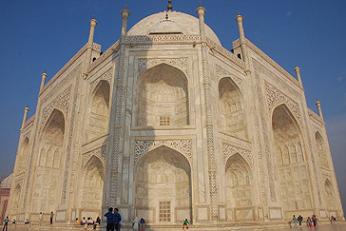 |
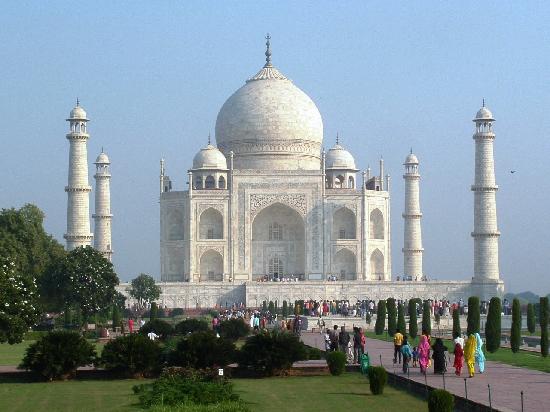 |
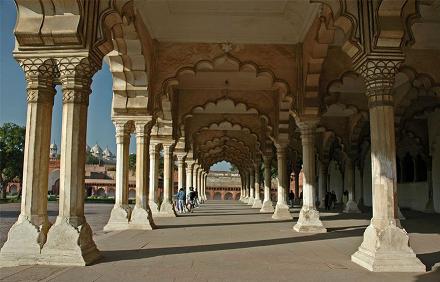 |
|
Taj Mahal
Side view |
Agra Taj Mahal |
Agra Diwan I Am |
|
|
Day 17. Agra - Delhi (about 200 km)
In the morning, after having our Breakfast we drive to Delhi. Arrival
in Delhi in the afternoon. The rest of the day at leisure.
(opportunity for the last shopping or enjoy a massage in the Hotel)
Day 18. Delhi
In the morning we have sightseeing in Old Delhi. We take a Rickshaw
Ride parallel to the Red Fort
through the old city and famous Silk Road and Silver Bazaar.
Sightseeing of Old Delhi includes "Rajghat", the site where
Mahatma Gandhi was cremated and
Jama Masjid, the
great mosque of old Delhi. Today we also visit the famous
"Humayun Tomb" which
is the first substantial example of Mughal
architecture
in India
and "Qutub Minar". "Qutub
Minar" is 71 meter high and consists of five stories. In 1199 work
began on this tower which was intended to be the most glorious tower
of victory in the world. This tower was damaged twice and repaired in
1326 and 1368. Before we proceed to the Hotel we drive through the
embassy area in New Delhi where we visit the
India Gate and see some
impressive Government Buildings. |
|
|
|
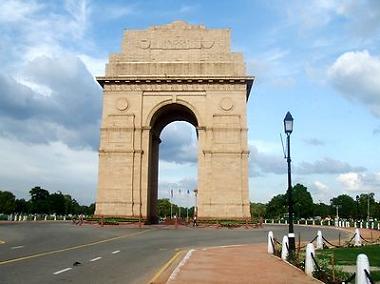 |
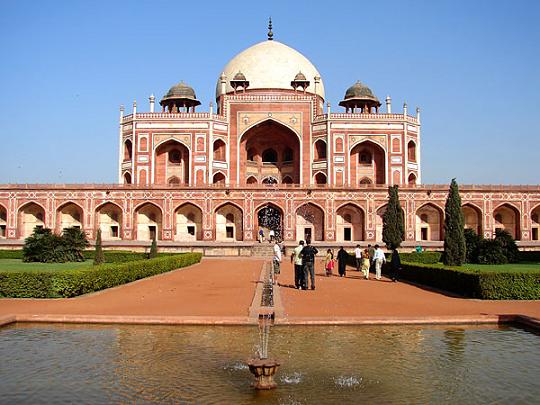 |
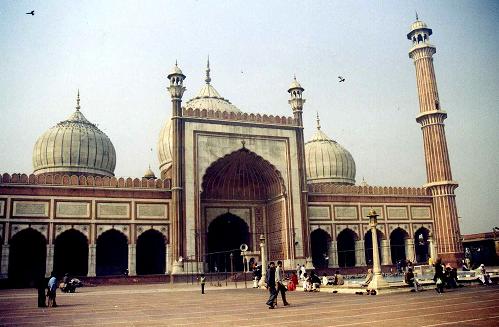 |
|
India Gate |
Humayun Tomb |
Jama Masjid
Delhi |
|
Day 19. Flight to Home Destination
Around midnight flight to home destination.
(End of Tour) |
|
|
|
Tour
Reservation
To get more
information or to book this tour please submit the
Query Form
or send us an
E-Mail ! Your
booking will be activated only after we get a reconfirmation from
your side.
About Hotels:
We provide you the accommodation as per your budget mentioned above
in the table of hotels category for any of the booked tour. Hotels
provided by us are from budget to luxury class hotels. The criteria
for selecting hotels by us remains the best value of your money. We
also provide you wherever possible accommodation in heritage hotels.
Heritage Hotels are old Palaces, Forts and Grand mansions of
Maharajas which have been later renovated and converted into Hotels.
Rooms are decorated all individually. Rooms are comfortable,
romantic and present the flair of olden Maharaja days.
|

